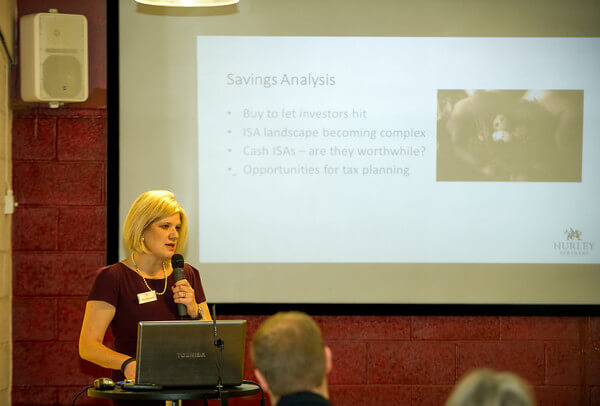In the Summer 2015 Budget, George Osborne announced fundamental changes to the way in which dividends are taxed. The changes take place for dividends received from 6 April 2016. Some individuals who extract profits from their company as dividends may need to consider whether to increase dividend payments before this date.
When a dividend is paid to an individual, it is subject to different tax rates compared to other income due to a 10% notional tax credit being added to the dividend. So for an individual who has dividend income which falls into the basic rate band the effective tax rate is nil as the 10% tax credit covers the 10% tax liability. For a higher rate (40%) taxpayer, the effective tax rate on a dividend receipt is 25%.
From 6 April 2016:
• The 10% dividend tax credit is abolished with the result that the cash dividend received will be the gross amount potentially subject to tax.
• New rates of tax on dividend income will be 7.5% for basic rate taxpayers, 32.5% for higher rate taxpayers and 38.1% for additional rate taxpayers.
• A new Dividend Tax Allowance will remove the first £5,000 of dividends received in a tax year from taxation.
Many owner-managers running their business through a limited company will pay more tax next year if most of the profits are paid out as dividends rather than as a salary. This prospect raises a number of questions which we answer below.
Will trading as a limited company still be the best option?
There is still a benefit in tax terms for most individuals to continue to trade as a limited company. The tax saved by incorporation compared to being unincorporated will be reduced next year but there is still an annual tax saving.
Will it be better to take a dividend rather than an increase in salary?
There is still a benefit for a director-shareholder to take a dividend rather than a salary. The amount of the tax saved will be less than under the current regime.
Should dividends be paid before 6 April 2016?
If you do not currently extract all the company profits as a dividend you may wish to consider increasing dividends before 6 April 2016. However, other tax issues may come into play, for example the loss of the personal tax allowance if your total ‘adjusted net income’ exceeds £100,000. There will also be non-tax issues such as the availability of funds or profits in the company to pay the dividend.
Please contact us before you make any decisions about changing the amount of dividends taken. Please note our answers above are based on only limited information that has been supplied by the government on the new regime. We expect draft legislation for the regime to be published by the end of the year.
We can also provide you with expert inheritance tax and VAT tax advice.


